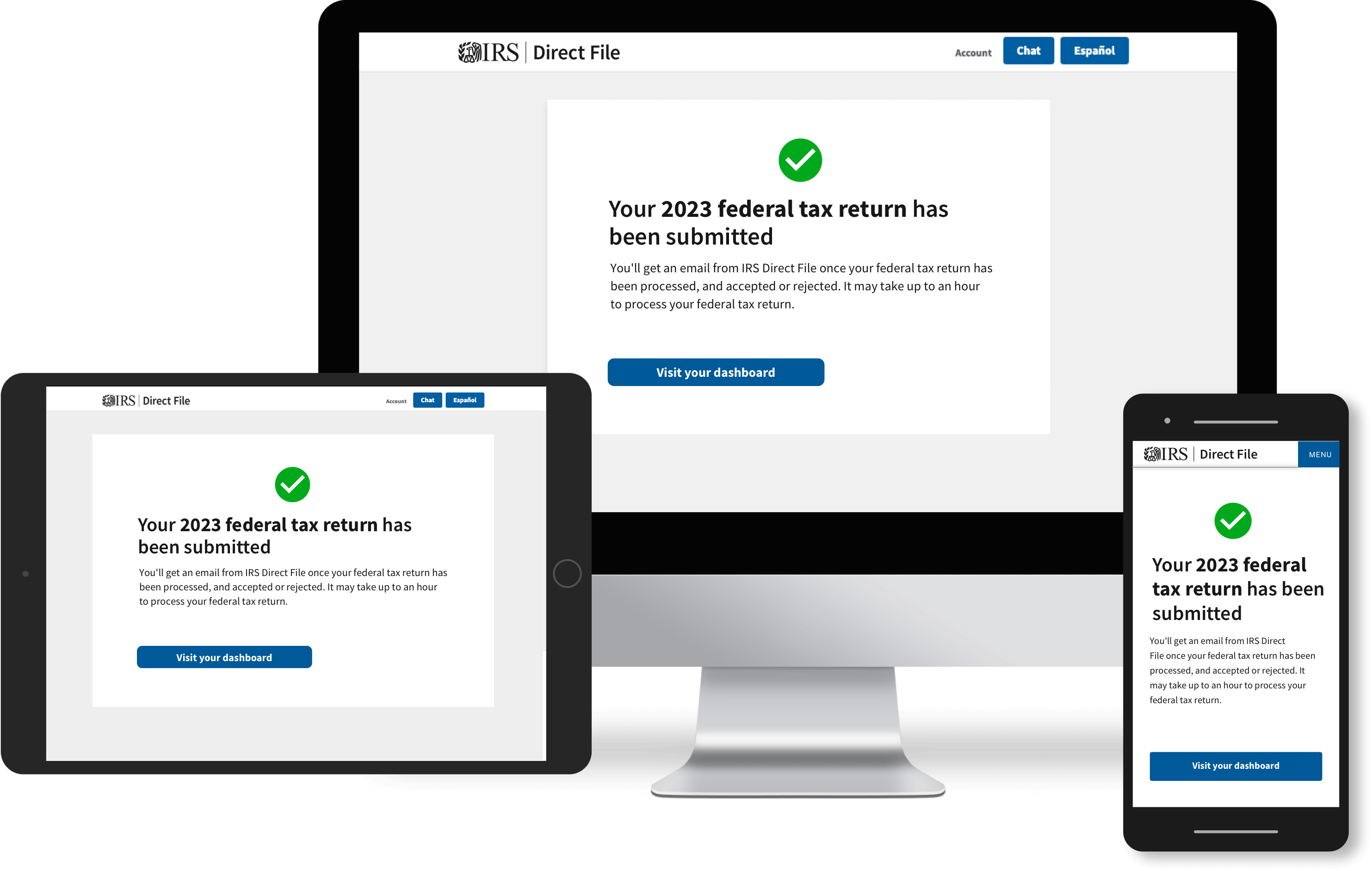By Jean Ross, InsideSources.com (TNS)
If there’s one thing we should be able to agree upon, it’s that everyone should pay the taxes they owe without having to pay for the privilege of doing so. This year, for the first time, residents of 12 states who file simple tax returns can file online for free using the IRS’s new Direct File portal.
Thanks to funding from the Inflation Reduction Act and as part of an ambitious modernization effort, this new public tool makes tax filing faster, easier and cheaper for eligible filers. The IRS wisely started small, piloting Direct File in four states—Arizona, California, Massachusetts and New York—each agreed to implement an integrated option for filing their state tax return and eight states without a state income tax. Similarly, eligibility for Direct File is limited to filers with certain types of income who don’t itemize their deductions—people with wage and salary income from an employer, Social Security benefits, modest interest income and unemployment insurance.
Importantly, Direct File can be used to claim the child and earned income tax credits, providing valuable support to millions of working families. In fact, helping families claim these credits by eliminating the cost of tax filing may be one of Direct File’s most important contributions. In 2020—the most recent year for which data are available—nearly one out of every four individuals eligible for the EITC didn’t claim the credits they were owed.
Direct File was also designed to meet the needs of other segments of the public who aren’t served by existing private systems. Filers can prepare their returns on a smartphone, tablet or desktop, and real-time online support is available weekdays and evenings in Spanish and English from a live IRS professional—not an AI-powered chatbot.
Early reviews of Direct File show strong support, with users reporting it as “the fastest I’ve ever done my taxes” and “honestly the easiest tax experience I’ve ever had.” One reporter said that “the government has created an actually good piece of software.”
The enthusiastic response to a free online filing option shouldn’t be surprising. The typical taxpayer spends 13 hours and $270 each year preparing a federal tax return. Money saved by filing for free is money back in families’ pockets—money that can be used for rent, groceries and other necessities.
Direct File is arguably a long-overdue solution. The tax preparation software industry lobbied hard to block previous bipartisan public portal efforts dating back to the late 1990s. The industry deliberately suppressed participation in its privately managed alternative, resulting in just 3% of filers using the industry-backed program in 2020, in contrast to the estimated 70% of filers eligible to do so. Private firms also used hardball tactics to upsell consumers, leading state attorneys general to secure a record-breaking settlement with TurboTax’s owner for deceptive advertising.
As IRS Commissioner Danny Werfel has made clear, Direct File is a choice.
Individuals who prefer to buy private software or use an accountant are welcome to do so. However, the success of this year’s pilot suggests that Direct File is a choice a large share of the 91% of Americans with relatively simple tax situations will choose to make.
To scale the pilot to more tax filers in more states, the IRS must work quickly with state tax administrators to ensure filers who wish to use a public option can seamlessly file their federal and state tax returns. It will also require sustained support and the funding needed to reverse a decade of disinvestment and rebuild the IRS to improve customer service and ensure the nation’s tax laws are enforced effectively.
In the meantime, if you qualify for the Direct File pilot and have yet to complete your tax return, there’s still time to check it out. If you’ve finished your taxes, give yourself a well-deserved pat on the back. For all of us—filed or yet to file—the new Direct File tool represents government at its best: saving families time and money. That’s something to cheer about. Happy Tax Day!
ABOUT THE AUTHOR:
Jean Ross is a senior fellow for economic policy at the Center for American Progress. She wrote this for InsideSources.com.
______
(This essay is available to Tribune News Service subscribers. TNS did not subsidize the writing of this column; the opinions are those of the writer and do not necessarily represent the views of TNS or its editors.)
©2024 Tribune Content Agency LLC

